ow to plan your site structure for maximum traffic (Video)by Mike Mindel, 13 October 2010
In this video, Mike Mindel shows you how to plan your site structure for maximum Google traffic, and why using category and content pages is the way to do it.
When you organize your pages using a structure of category and content pages, readers can find what they asked for and search engines can see your themes of related content. So because you look like more of an authority, the search engines will send you more traffic!
So sit back, press play and let's find out how you can apply this concept to your own website.
Click here to take the Wordtracker 7-day Free Trial
Download below (right click, save link as ...)
To watch the other two videos in this series, click on the links below:
Discover a profitable niche for a new website
Or read the transcript for this one:
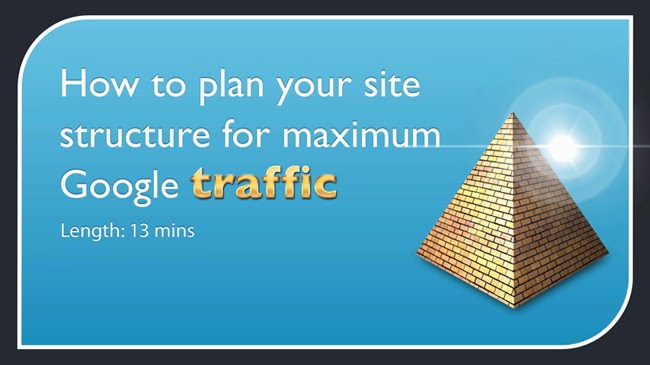
In this video, I’m going to show you why structuring your website with category and content pages will attract maximum traffic from Google and how using category and content pages is the way to do it.
![]()
Just so you know who’s teaching you, my name is Mike Mindel and I’m the CEO and founder of Wordtracker.com, the popular keyword research tool.

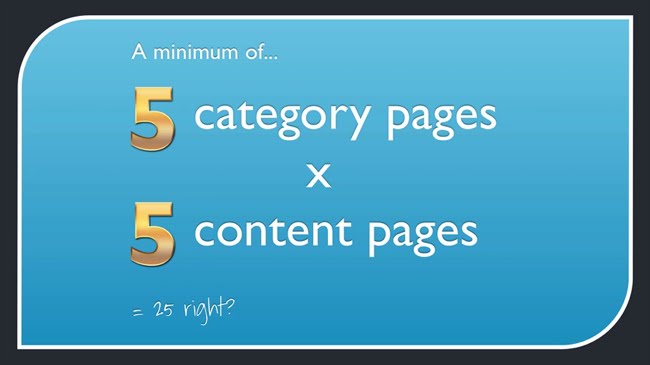
If you need your website to support even a modest business you'll need to start with at least 25 web pages.
All that content has to be organized for readers as well as for search engines or it's going to get lost, along with your traffic!

When you organize your pages using a structure of category and content pages, readers can find what they asked for and search engines can see your themes of related content.
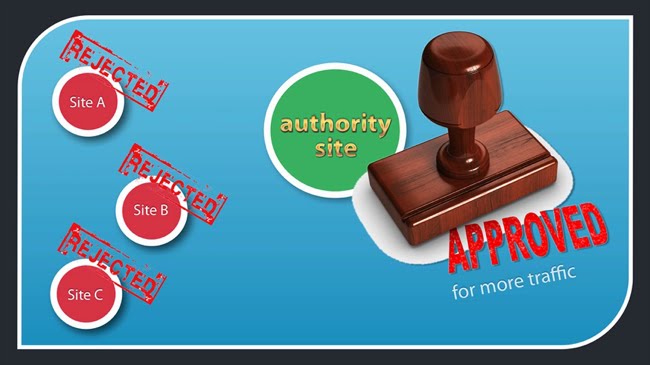
So because you look like more of an authority, the search engines will send you more traffic.
So how do you structure a website for maximum traffic?
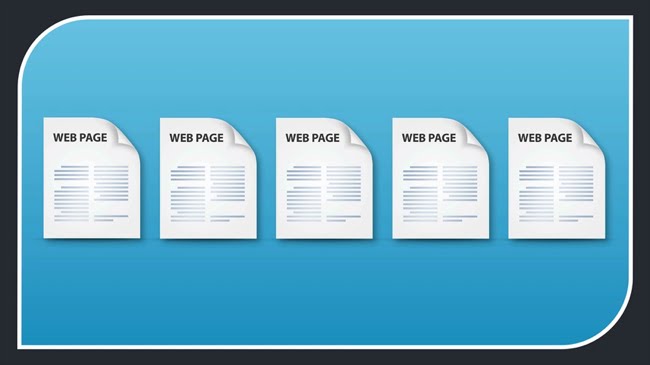
Say you've done your keyword research and you've found plenty of keywords to target. To get search engine traffic for those keywords, you're going to need to create some pages on your website.
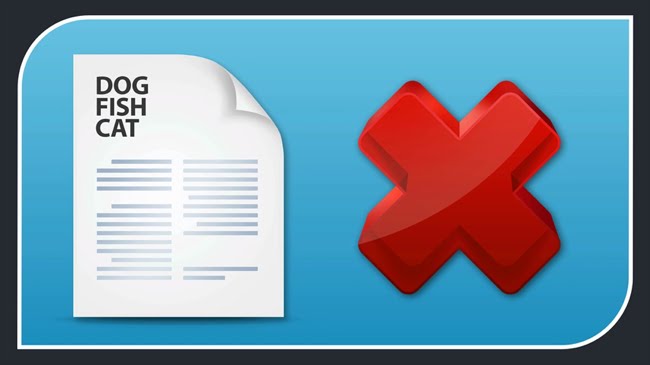
But you can't put all the keywords on the same page ...
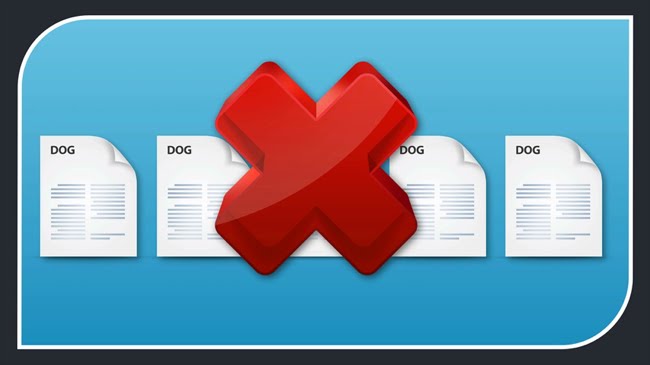
... and different pages shouldn't target the same keyword.
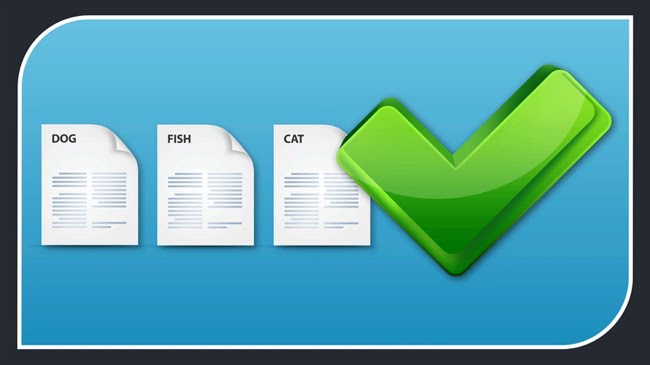
Each target keyword needs its own page with each page optimized for one or two keywords.
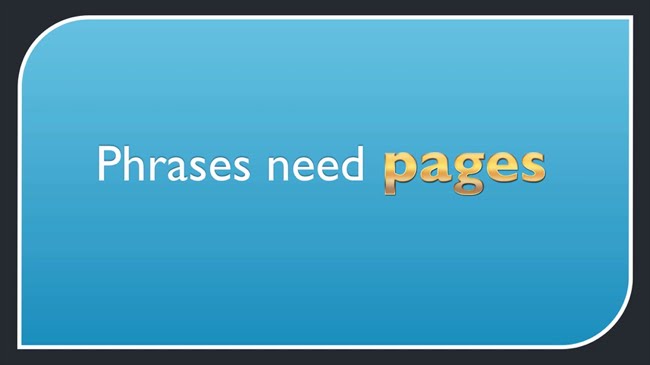
A useful catchphrase to remember here is: phrases need pages.

Here's how you might plan your site structure. Basically, you need a home page, your category pages and your content pages.
To keep things simple, here's a structure for a simplified site with three categories and three content pages in each category.
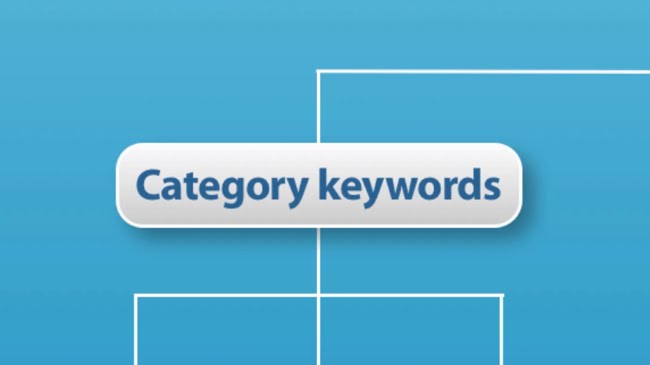
I'll call each category a niche market ...
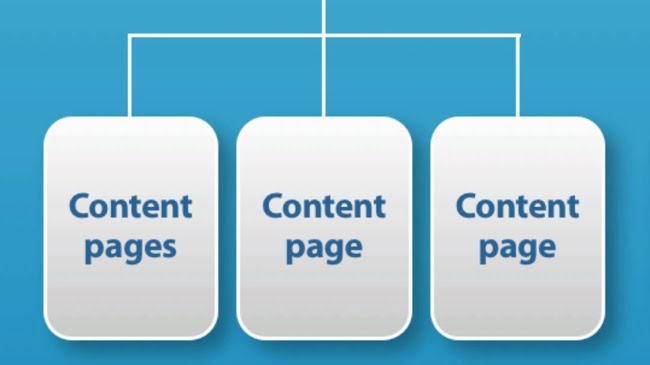
... and each category has a category home page that links to content pages which contain articles, blog posts, products and videos.

If you were selling gourmet tea for example, a simplified site layout would look like the above.
So what's going on here?

The home page targets the big tea market ...
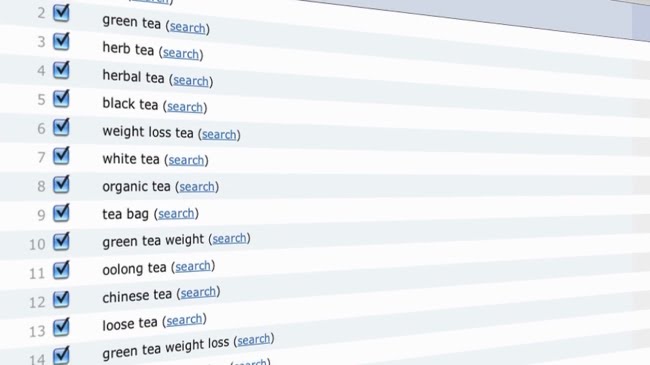
... by exploiting its keyword niche ie, linking to content that contains keywords with variations of the word tea in them.

Here we link to category pages for three niche markets, in this case green tea,herbal tea and oolong tea. You might do a lot more than this, but I'm keeping things simple here.

Your home page may be targeting quite competitive niche markets, so it pays to add some less targeted keywords like buy tea online or tea online to pick up some less competitive traffic.

One category targets the green tea niche market and the way you do that is to target the green tea keyword niche in your content, which basically means you build content pages around all keywords containing the words green tea.

Your content pages, with articles, videos, news stories and blog posts will focus their SEO on their own keyword niches targeting long tail keywords like green tea benefits weight loss and chinese green tea bags.

A second category targets the herbal tea niche market through its keyword niche and the category home page will focus its SEO on herbal tea.

Like the first category, the content pages will target their own keyword niches likebenefits of herbal tea.

By targeting herbal tea benefits in the second category as well as green tea benefitsin the first category, you're creating a theme. So work targeting green tea benefitswill help get results for herbal tea benefits and vice versa.

A third category targets the oolong tea niche market in a similar way.
Let’s take another example: Osteopathy

If you're creating a site for your osteopathy practice, your simplified site layout would probably look like this.
Each of these categories again have their own home page that introduces the subject and lists links to relevant pages on the site.
As you write new pages, you allocate them to the appropriate categories and then list them on the category pages.

Once again, you can see that the home page targets the osteopath market.

The home page then links to category pages which include niche markets like neck pain, back pain, sciatica and slipped disk.

Each of these category pages link to their own content pages which contain articles, videos, news stories and blog posts and exploit their own keyword niches.

If we take one example category page, targeting the 'neck pain' niche market, you can see that we're targeting five specific keywords with articles including neck pain headache and neck pain spasms. See how both articles and keywords contain the words of its parent niche market which in this case is neck pain ?

So how do you find these categories? They come from your keyword research. In fact, your keyword research is also your site planning.
Quick summary

Your site's home page targets the largest market, for example tea and links to your category pages.

Your target niche markets are mapped to categories on your site. Each category has its own home page.

Category pages list links to relevant content pages, for example the green teacategory links to pages about green tea, each targeting a smaller niche market likegreen tea benefits.

Don't worry about what's on your content pages yet. At this stage we're planning the structure of your site and you need to get this site structure right first.
Let me show you how the full Wordtracker keyword tool can help here:

First you'll create a project called 'osteopath'.

Make sure you use a new project for every new website.
Next, you'll start your keyword research and use the Wordtracker related keywords tool, that’s the orange one, to find potential niche markets in your main target market.

Let's see which keywords an Osteopath might focus on.

Back pain looks like an interesting niche market with around 15,000 searches. Let's save its keyword niche to a list.

See how the top 1000 keywords with the word back pain is saved to a list inside your project?

That’s your keyword niche, all the possible search terms which include the wordsback pain.

You can't do this easily with the free keywords tool, because it has no list functionality. Instead, you'll have to copy and paste the results to aspreadsheet.

Lets make a list of some other niche markets you might want to target. We've gotheadaches, neck pain, frozen shoulder, scoliosis, sciatica.

If we put the back pain keyword into the related keyword tool, we also findherniated disk, pinched nerve, osteoporosis, fibromyalgia and slipped disc.
![]()
There's plenty more, but these will do for now.

We can now visit the 'osteopath' project to see all your lists. See how this project page is just like your site's home page?

Each list is a niche market and a category on your site.

You can now assess and prioritize each of these potential niche markets to decide which one you want to work on first.

It's interesting that headaches come top ...

... and you’ll see on Google that these terms are indeed used together:www.neckandheadacherelief.com/

Back to Wordtracker. Each of this lists contain keyword niches with the keyword search volumes added together for the top 1000 keywords. One way of prioritizing your niche markets is simply to order by the searches column, which means you’re ordering by the size of each niche market.
You may be wondering why we prioritize whole keyword niches, rather than exact keywords? Here’s a quick example why.

The exact keyword osteoporosis has 1,865 searches in our database while the exact keyword back pain has 1,166 searches. But if you look at the whole keyword niche, you’ll see that when all 1000 keyword search volumes are added together, back pain has a sum of 15,282 searches while osteoporosis has just half that, or 7,301 searches.

So back pain is the larger niche market, a potential for more traffic, and therefore a greater return on your investment of your time, money and content.
![]()
Visiting a list like back pain on Wordtracker is like visiting the category home page on your site (or the site you are planning).

But instead of pages, you see ideas for pages ... hundreds of real searches or keywords, and you can target each keyword with its own page.

In this case, back pain looks like a good niche market. Let's save its keyword niche to a list.

You can use the competition metrics to prioritize these keywords to decide which ones you want to go after first.

Then all you need to do is look down the list for a keyword with high search volume and reasonably low competition (that’s the 'In Anchor And Title' column). I can seeback pain lower right side, lower back pain stretches and ...

... upper back pain rib area look good.
Once you've put up your basic site structure, these might be the first pages you create, read easy pickings, so you can get an initial burst of traffic and be on your way.

You will then gradually fill out your content with pages that target the more competitive keywords.
Quick summary

Make a project for each website.

Use the orange brainstorming tool and blue keyword search tools to find potential niche markets for your website, and these will end up as your category pages.

Make a list for each potential category of content on your website.
Each list contains up to 1000 keywords, and is known as a keyword niche.

Each keyword in a list is a potential page of content, targeting one or two specific keywords.
Ready to take the next step?

I hope you found this quick guide on how to plan your site structure for maximum traffic helpful, especially using Wordtracker’s projects and lists functionality.
![]()
So why not sign up for your risk-free trial of Wordtracker athttp://www.wordtracker.com/trial or click the link below. Then enter your details and you'll be able to use Wordtracker for seven days free of charge.

You can use the one-click cancel button at any time during your 7-day trial period or you can continue your membership for just $59 a month.
![]()
Your 7-day risk free trial will also include these free bonuses: first, our seven 'Profit from keywords' videos, then a free Keywords Basics e-book which is the perfect introduction to keyword research and finally a free keywords starter webinar which will take you through the process of using the Wordtracker tool.
So now you’ve got the information to structure your website, what are you waiting for? Sign up to Wordtracker and start getting traffic from Google now!




No comments:
Post a Comment